When purchasing a power strip, we sometimes receive questions about the content of the product page. In this issue, I would like to provide an explanation and overview of the CLASSIC PRO’s power strip PDS8, which is one of the most popular models handled by Sound House.
CLASSIC PRO / Power Strip PDS8 1.6m
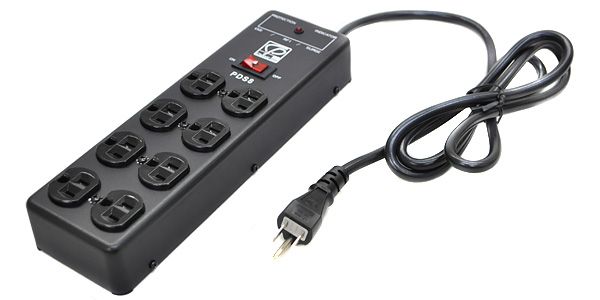
■ Output Outlets: 3P x 8 (brass, non-plated)
■ Configuration: 4 x 2 rows
■ Plug: 3P
■ Power Cable: 1.6 meters
■ Rated Voltage: 125V
■ Rated Current: 15A
■ Noise Attenuation: Transverse >26dB, 200kHz to 10MHz
This is the kind of information listed on the product page.
What do you think of it?
For those who are well known in this type of equipment or have purchased it multiple times, it might seem simple.
However, first-time buyers might find some aspects unclear.
Let’s get strating.
■ Output Outlets: 3P x 8 (brass, non-plated)
■ Configuration: 4 x 2 rows
■ Plug: 3P
■ Power Cable: 1.6 meters
Since the content is simple, I will explain the four points together.
Output Outlets 3P x 8: As the term suggests, there are eight outlets on the output side, and each with a 3P (3-prong, including the ground prong) configuration.
4 x 2 Rows: This means there are four outlets per row, arranged in two rows,totaling eight outlets.
Power Cable 1.6m: This indicates that the power cable, including the plug, is approximately 1.6 meters in length.
To explain Plug 3P (3-prong, including the ground prong), in Japan, you will encounter both 2P and 3P power outlets (commonly referred to as receptacles), with some featuring an additional ground terminal.
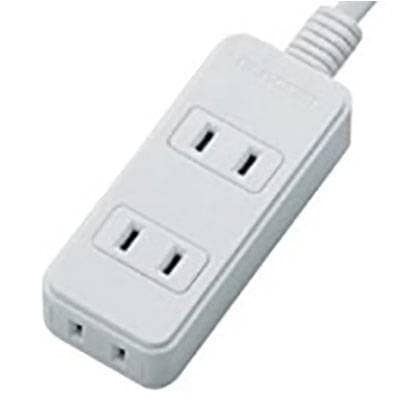
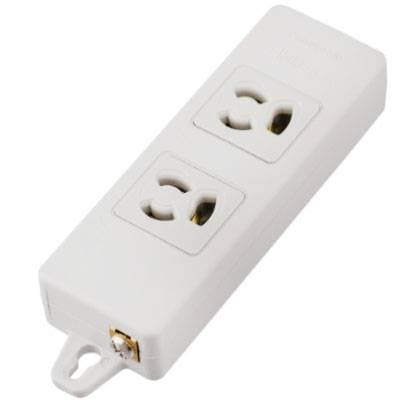
Regarding the ground terminal, I will refrain from a detailed explanation this time. However, you might find some useful information in this issue.
Reference Blog: Grounding (Earthing) Connections for Power Supply Equipment
About Brass/Non-Plated
This refers to the fact that the metal used for the outlets is brass and is not plated. Brass, which is an alloy of copper and zinc, is commonly used in the internal components of outlets. It is not an exaggeration to say that most outlets are made of brass. Due to its excellent electrical conductivity and the need for durability in areas that are frequently plugged and unplugged, brass is often used for its durability.
About Plating
For audiophiles, you might be very familiar with the plating used on outlets and plugs.
Silver-type platings include nickel and rhodium plating.
Gold-type platings often involve gold plating (24K gold).
These are quite common in the market.
It is said that plating can affect acoustic characteristics, making it an important factor for those who pay close attention to detail. However, this often results in higher costs, so it becomes a matter of romance or personal preference.
Next, I will explain about the ratings.
■ Rated Voltage: 125V
■ Rated Current: 15A
The rated voltage and current represent the maximum values at which the equipment can be used safely and reliably.
For a rated voltage of 125V (AC), it means that the power strip can be used without issue with the standard 100V (AC) outlets commonly found domestically.
Similarly, for the rated current of 15A, it can handle currents up to 15A without problems. However, if the current exceeds 15A, the internal protection circuit will activate to safeguard connected equipment.
Please be cautious not to connect high-power devices such as hair dryers or microwaves. These appliances often have power consumption exceeding 1000W, which can cause currents to exceed 10A continuously. Therefore, it is recommended not to connect such devices to avoid potential issues with other equipment.
Finally, the most challenging aspect.
■ Noise Attenuation: Transverse >26dB, 200kHz to 10MHz
Transverse!? Out of nowhere!?
What on earth does that mean?
The term transverse is not commonly used in Japan.
While it might not be very helpful, here’s an image to give you an idea.
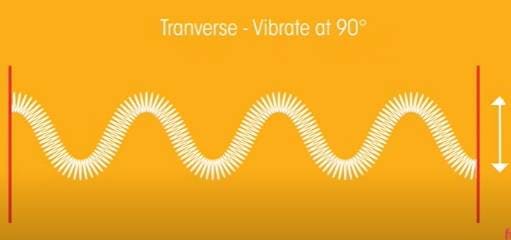
In simple terms, transverse refers to electromagnetic waves.
The term >26dB indicates the amount of noise attenuation.
200kHz~10MHz represents the frequency range.
Overall, this means that the device reduces electromagnetic noise (200kHz~10MHz) by more than 26dB. This type of noise is not audible and is invisible, but it can affect peripheral equipment and introduce unwanted noise in audio applications. Therefore, EMI/RFI filters are used to prevent interference.
Additionally, the PDS8 features a steel casing that provides electromagnetic shielding, incorporating comprehensive EMC measures. Product reviews often mention improvements in noise, and it is generally believed that addressing electromagnetic noise can be quite effective.
That concludes the explanation of the PDS8 product specifications. I hope this information is helpful to those considering a purchase.







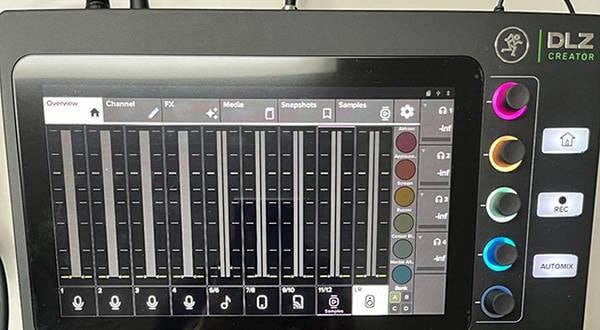
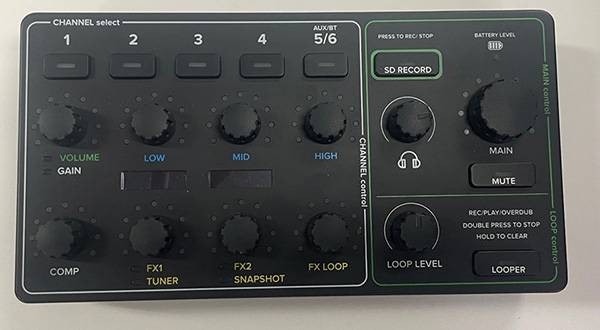
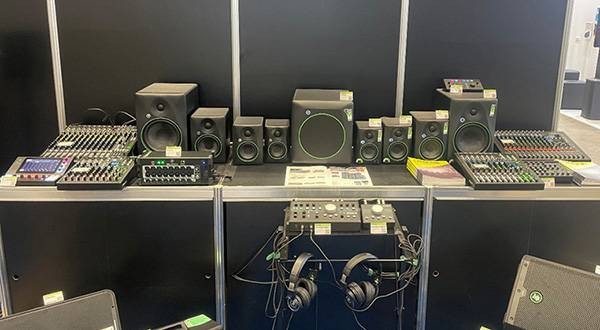

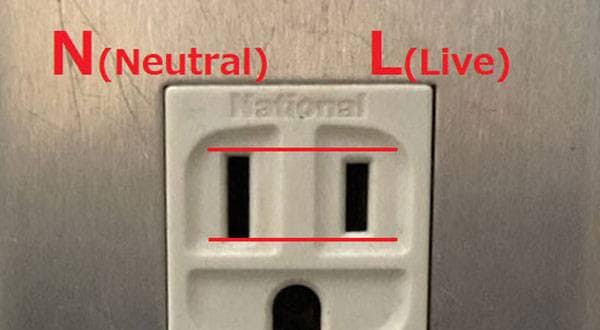
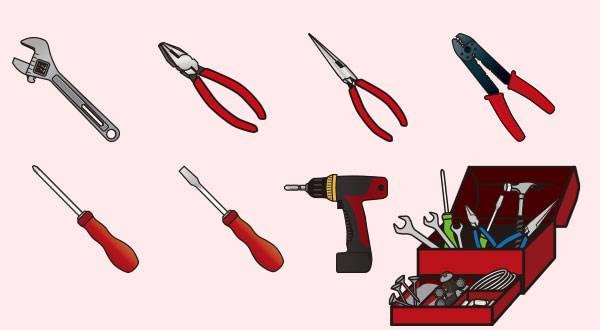
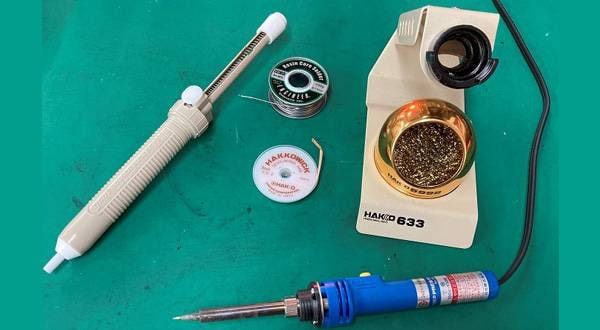
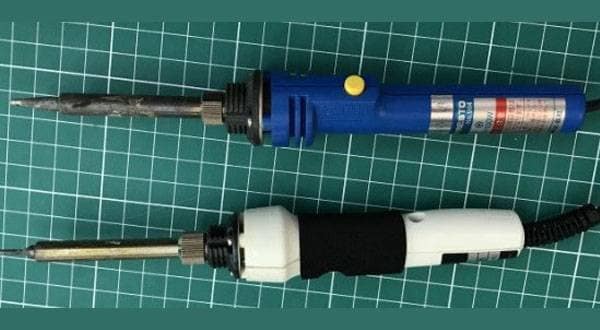
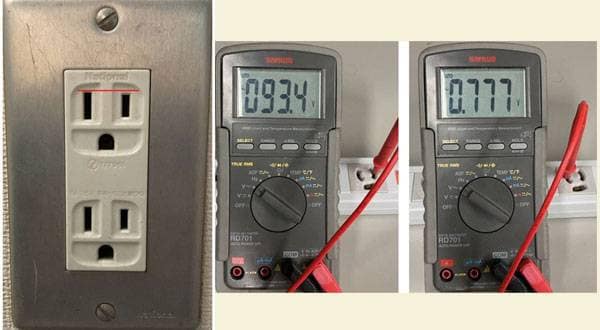
![[Latest for 2022] Simple Guide to Choosing a UPS](/contents/uploads/thumbs/2/2022/1/20220118_2_16206_1.jpg)
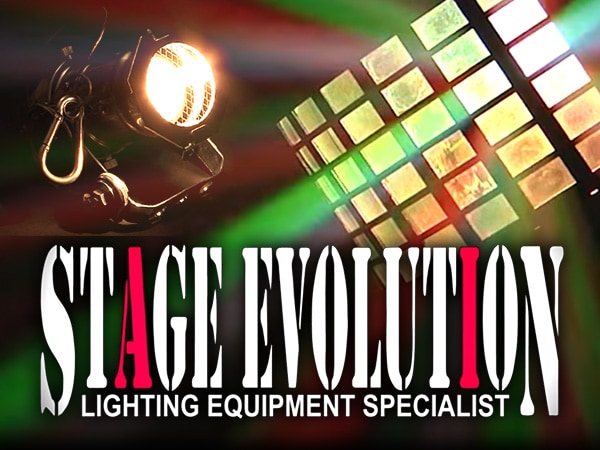 STAGE EVOLUTION ステージ照明
STAGE EVOLUTION ステージ照明
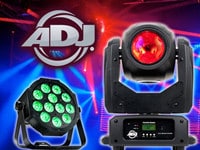 AMERICAN DJ ステージ照明
AMERICAN DJ ステージ照明
 Nitec ステージ照明
Nitec ステージ照明
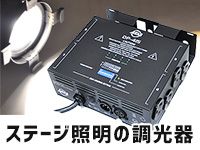 ステージ照明の調光器
ステージ照明の調光器
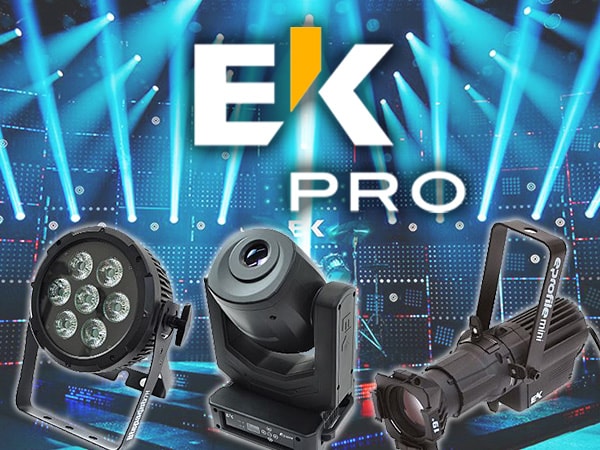 EK Pro ステージ照明
EK Pro ステージ照明
 プロ仕様 ステージ照明 ELATION
プロ仕様 ステージ照明 ELATION















